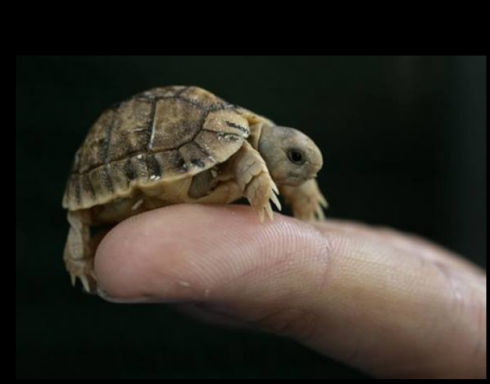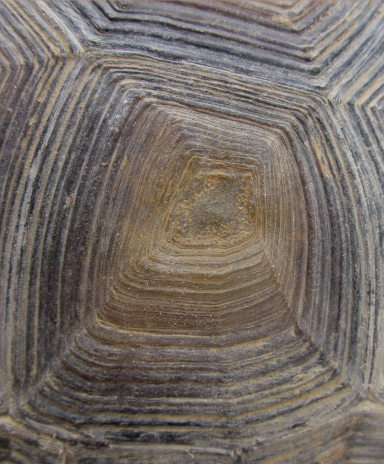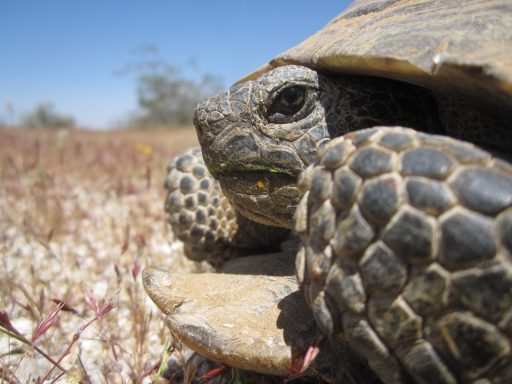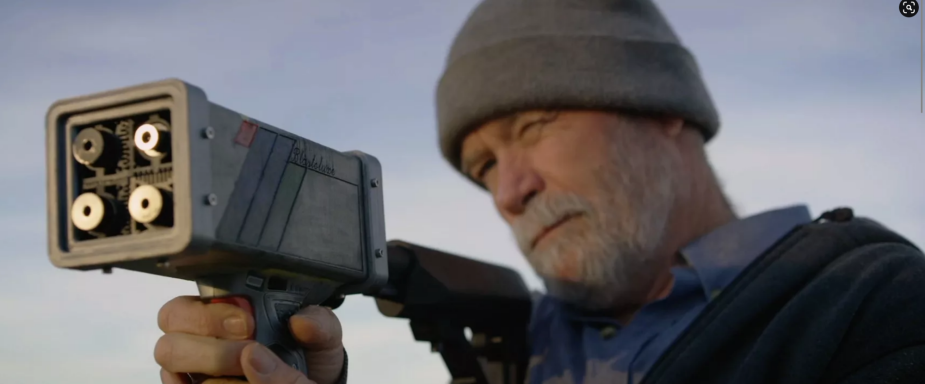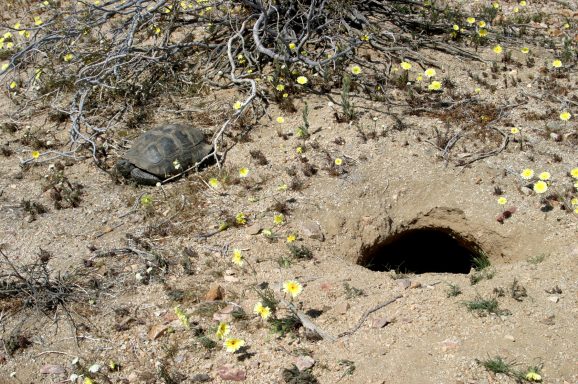Together We Are Making a Difference!
Tim Shields and the Hardshell Labs team are making great strides in bringing awareness to the plight of the Desert Tortoise. Without the help of our many partners, and supporters, this would not be possible. We are very grateful!
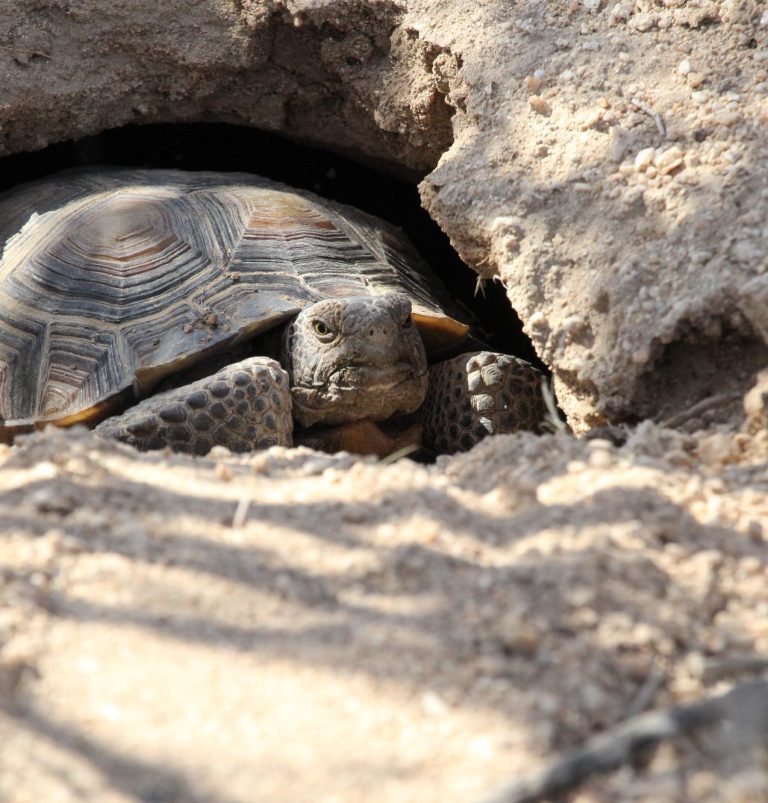
The New Yorker Documentary - Eco-Hack! Saving Desert Tortoises from Extinction
In an unconventional effort to save tortoises from extinction, a biologist wages a high-tech war against ravens in the Mojave, as shown in a documentary short by Josh Izenberg and Brett Marty.
Desert-Dwelling Tortoises
Watch Peter and Dr. Rae travel to the Mojave Desert, the driest region of North America, to help conservationists save the Mojave desert tortoise.
The Desert Tortoise Defender
In the Mojave, an inventor uses lasers and drones to deter ravens
Gallery
Our work with the Desert Toroise
©Copyright. All rights reserved.
We need your consent to load the translations
We use a third-party service to translate the website content that may collect data about your activity. Please review the details and accept the service to view the translations.

